News space, astronomy, NASA, spacex, astrophysics, sun, moon.
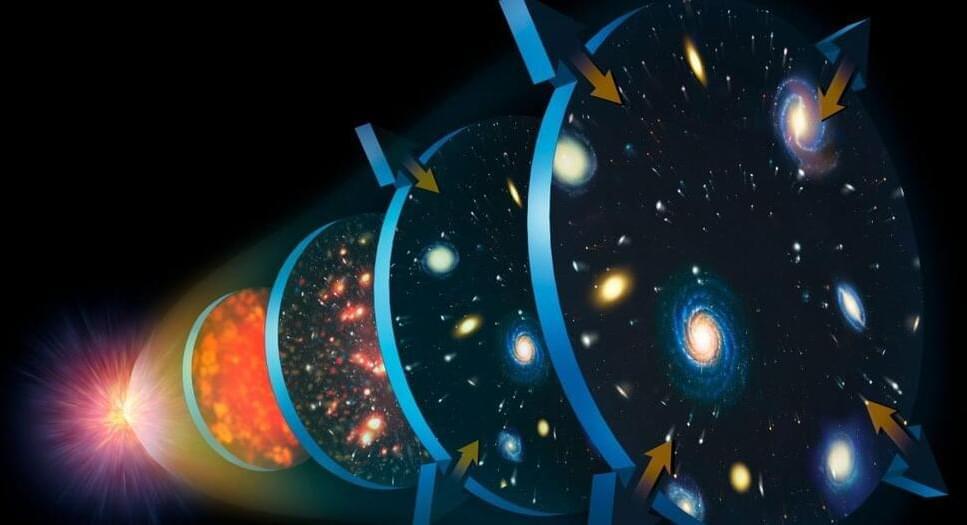


In fields such as physics and engineering, partial differential equations (PDEs) are used to model complex physical processes to generate insight into how some of the most complicated physical and natural systems in the world function.
To solve these difficult equations, researchers use high-fidelity numerical solvers, which can be very time consuming and computationally expensive to run. The current simplified alternative, data-driven surrogate models, compute the goal property of a solution to PDEs rather than the whole solution. Those are trained on a set of data that has been generated by the high-fidelity solver, to predict the output of the PDEs for new inputs. This is data-intensive and expensive because complex physical systems require a large number of simulations to generate enough data.
In a new paper, “Physics-enhanced deep surrogates for partial differential equations,” published in December in Nature Machine Intelligence, a new method is proposed for developing data-driven surrogate models for complex physical systems in such fields as mechanics, optics, thermal transport, fluid dynamics, physical chemistry, and climate models.
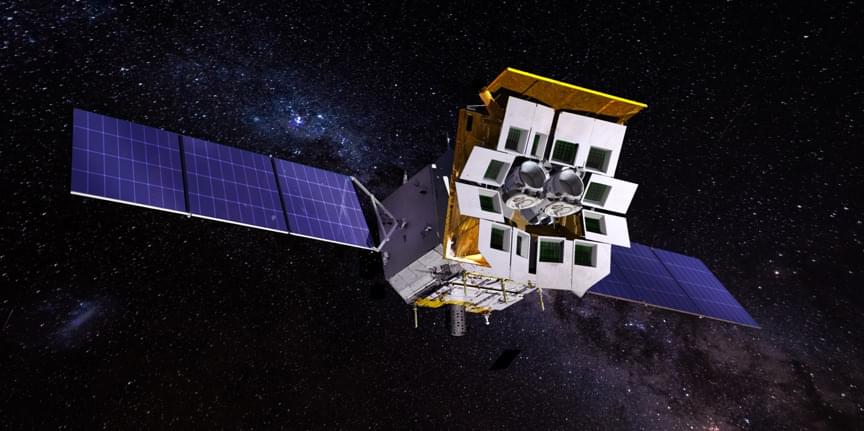
HELSINKI — China launched its Einstein Probe early Tuesday to detect X-ray emissions from violent, fleeting cosmic phenomena using novel lobster eye-inspired optics.
A Long March 2C rocket lifted off from Xichang Satellite Launch Center in southwestern China at 2:03 a.m. (0703 UTC), Jan. 9. The China Aerospace Science and Technology Corp. (CASC) confirmed launch success within the hour.
The Einstein Probe (EP) is part of growing Chinese strategic space science efforts. The spacecraft will spend at least three years observing distant, violent interactions such as tidal disruption events—in which stars are pulled apart by supermassive black holes—supernovae, and detect and localize the high-energy, electromagnetic counterparts to gravitational wave events.
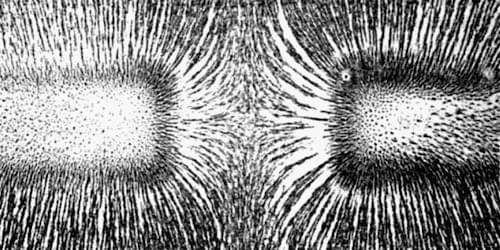
Recent theoretical work has identified the possibility of a new and fundamental form of magnetism.
Collinear magnetism, where magnetic moments of all ions are parallel or antiparallel to each other, is a century-old concept in condensed-matter physics. In the past two decades, researchers began exploring the exotic world of noncollinear magnets, which include spin spirals, skyrmions, spin ices, and more. But more recently a fundamentally new form of collinear magnetism has emerged: altermagnetism. Like ferromagnetism, it breaks time-reversal symmetry and harbors anomalous transport properties, such as the anomalous Hall effect and magneto-optics. Like antiferromagnetism, it has, by symmetry, no net magnetization. The phenomenon was identified between 2019 and 2021 by four different groups [1–4]. In 2022, Libor Šmejkal of Johannes Gutenberg University Mainz in Germany and colleagues named it altermagnetism [5]. Despite its youth, altermagnetism is already proving a fertile field for theory and for proposed applications.
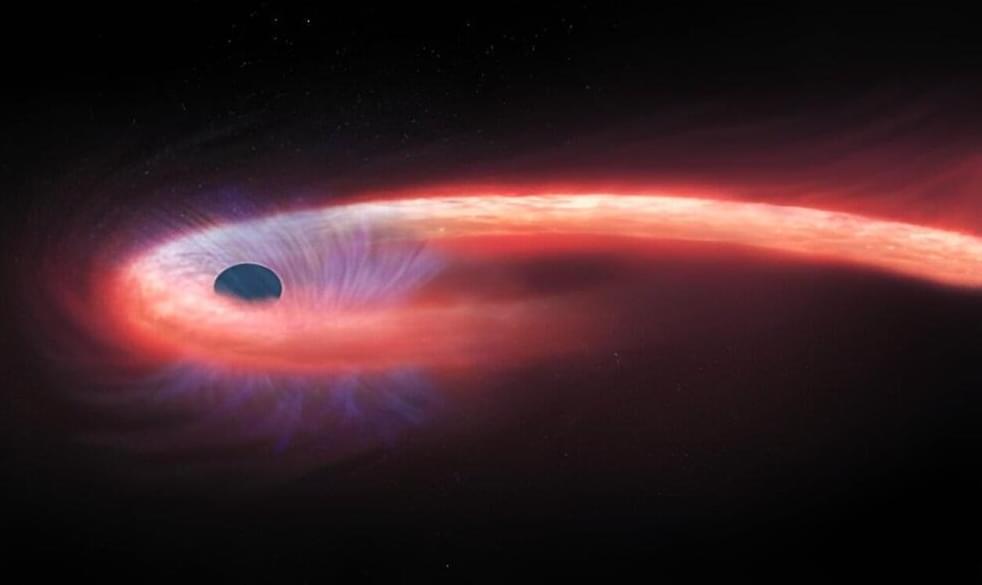
Using a spectral synthesis code designed to simulate conditions in interstellar matter, astronomers have explored a faint tidal disruption event (TDE) designated iPTF16fnl. Results of the study, published Dec. 29 on the pre-print server arXiv, deliver important insights into the properties of this TDE.
TDEs are astronomical phenomena that occur when a star passes close enough to a supermassive black hole and is pulled apart by the black hole’s tidal forces, causing the process of disruption. Such tidally-disrupted stellar debris starts raining down on the black hole and radiation emerges from the innermost region of accreting debris, which is an indicator of the presence of a TDE. All in all, the debris stream-stream collision causes an energy dissipation, which may lead to the formation of an accretion disk.
Therefore, TDEs are perceived by astronomers as potentially important probes of strong gravity and accretion physics, providing answers about the formation and evolution of supermassive black holes.
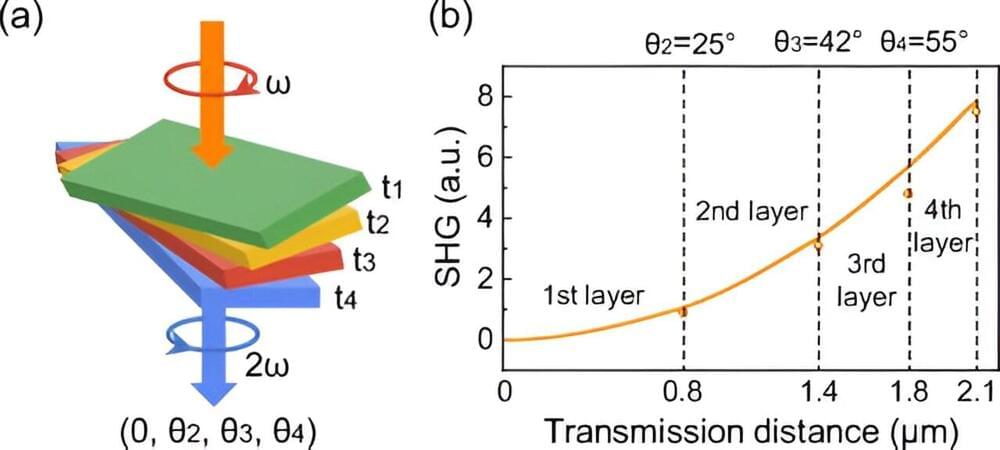
A team of Chinese researchers used a novel theory to invent a new type of ultrathin optical crystal with high energy efficiency, laying the foundation for next-generation laser technology.
Prof. Wang Enge from the School of Physics, Peking University, recently told Xinhua that the Twist Boron Nitride (TBN) made by the team, with a micron-level thickness, is the thinnest optical crystal currently known in the world. Compared with traditional crystals of the same thickness, its energy efficiency is raised by 100 to 10,000 times.
Wang, also an academician of the Chinese Academy of Sciences, said this achievement is an original innovation by China in the theory of optical crystals and has created a new field of making optical crystals with two-dimensional thin-film materials of light elements.
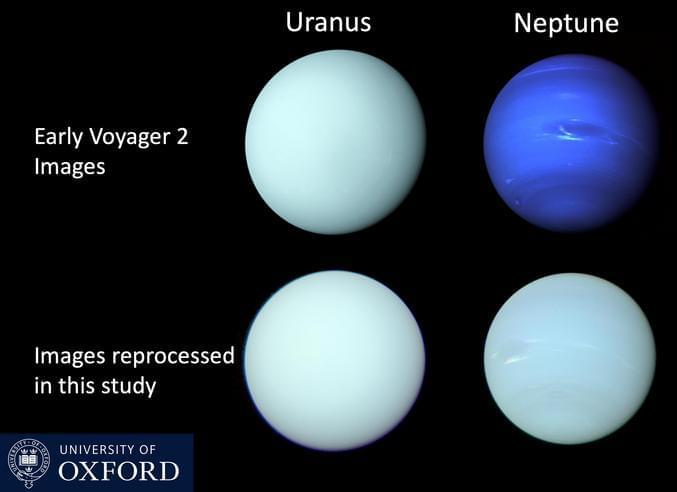
“The misperception of Neptune’s color, as well as the unusual color changes of Uranus, have bedeviled us for decades. This comprehensive study should finally put both issues to rest,” said Dr. Heidi Hammel.
In space, not everything is how it seems, and this might be the case with Uranus and Neptune, as a study scheduled to be published in February 2024 in the Monthly Notices of the Royal Astronomical Society examines how the colors of the two gas giants might be more similar that what NASA’s Voyager 2 spacecraft imaged in 1986 and 1989, respectively, as it flew past the gas giants during its mission. Originally, Voyager 2 imaged Uranus to exhibit a greenish-type color while Neptune appeared to be a strong blue, and this new study holds the potential to help scientists better understand how to estimate the true colors of planets throughout the cosmos.
“Although the familiar Voyager 2 images of Uranus were published in a form closer to ‘true’ color, those of Neptune were, in fact, stretched and enhanced, and therefore made artificially too blue,” said Dr. Patrick Irwin, who is a Professor of Planetary Physics at the University of Oxford and lead author of the study. “Even though the artificially-saturated color was known at the time amongst planetary scientists – and the images were released with captions explaining it – that distinction had become lost over time.”
For the study, the researchers used data obtained from the Lowell Observatory in Flagstaff, Arizona, between 1950 and 2016 and supplemental data obtained from NASA’s Hubble Space Telescope between 2016 and 2022 to determine that both Uranus and Neptune exhibit similar greenish-blue colors, with Neptune being slightly bluer than Uranus, which the team attributes to the planet’s possessing a thinner haze layer than Uranus. Additionally, the team might have also determined the color changes that Uranus experiences throughout its 84-year orbit, which they attributed to occurring during the planet’s equinoxes, when sunlight is directly over Uranus’ equator. When this happens, Uranus exhibits a slightly bluer color than during the rest of its orbit.
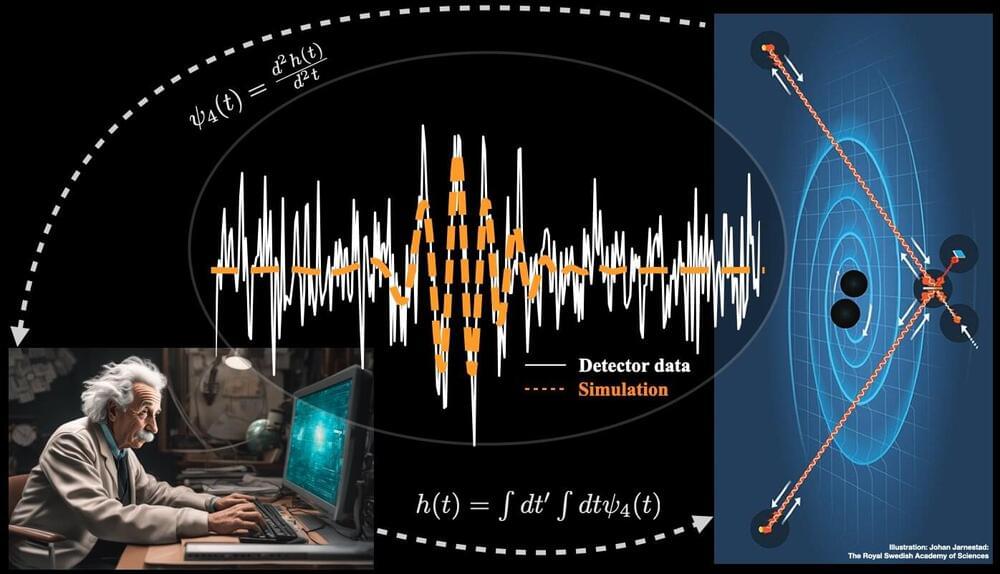
Thanks to the LIGO and Virgo detectors, researchers now regularly observe ripples in spacetime known as gravitational waves, which are caused by catastrophic cosmic events such as black-hole mergers, star explosions, or the big bang itself.
Gravitational waves are ripples in the fabric of spacetime that travel at the speed of light. These are produced in some of the most violent events in the universe, such as black-hole mergers, supernovae, or the Big Bang itself. Since their first detection in 2015, and after three observing runs, the Advanced LIGO and Virgo detectors have detected around 100 such waves.
Thanks to these observations, we are starting to unveil the black-hole population of our universe, study gravity in its most extreme regime and even determine the formation of elements like gold or platinum during the merger of neutron stars.
The LIGO and Virgo detectors are nothing but the most precise rulers ever built by humankind, able to measure the subtle squeezing and stretching of spacetime produced by gravitational waves.

Scientists from the Technical University of Denmark (DTU) have confirmed the underlying physics of a newly discovered phenomenon of magnet levitation. In 2021, a scientist from Turkey published a research paper detailing an experiment where a magnet was attached to a motor, causing it to rotate rapidly. When this setup was brought near a second magnet, the second magnet began to rotate and suddenly hovered in a fixed position a few centimeters away.